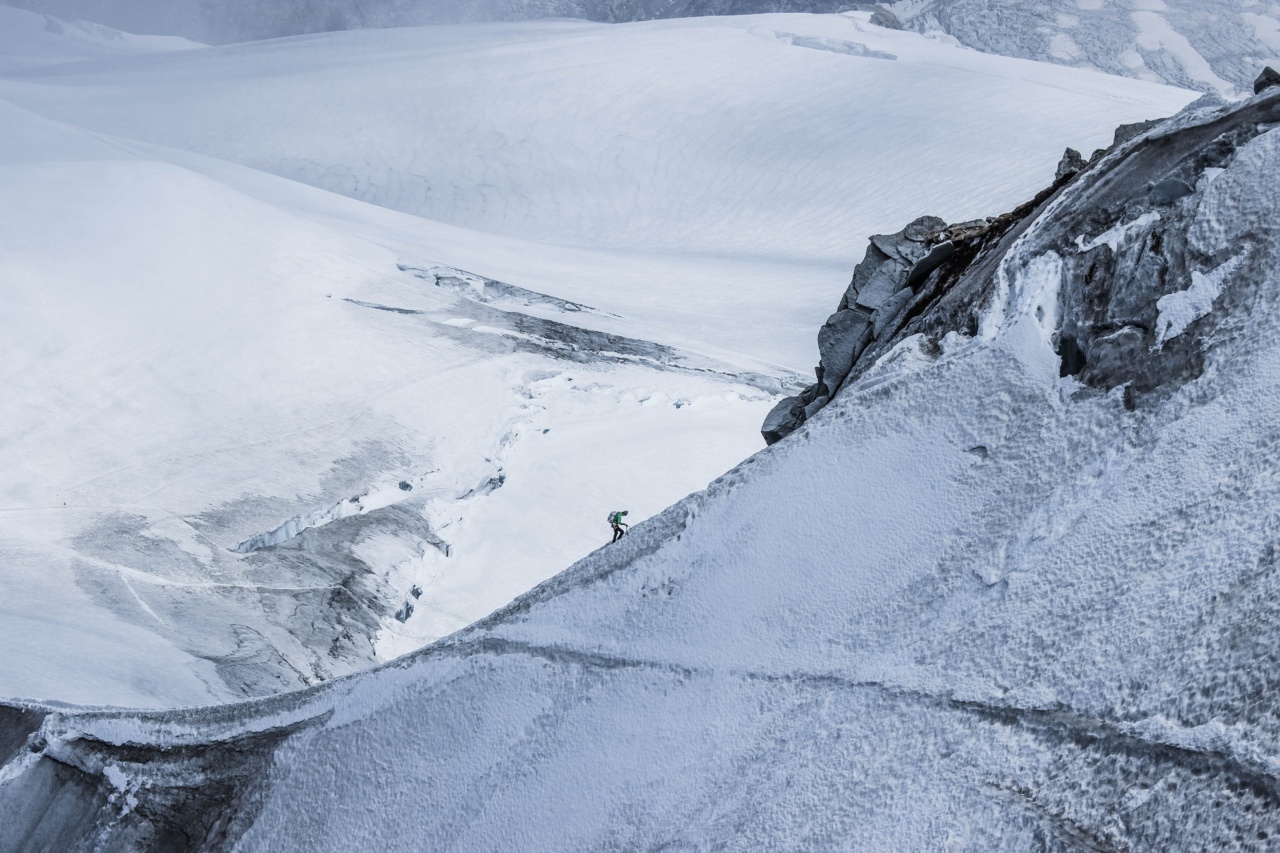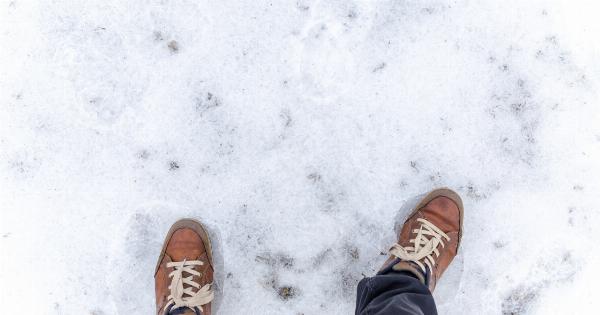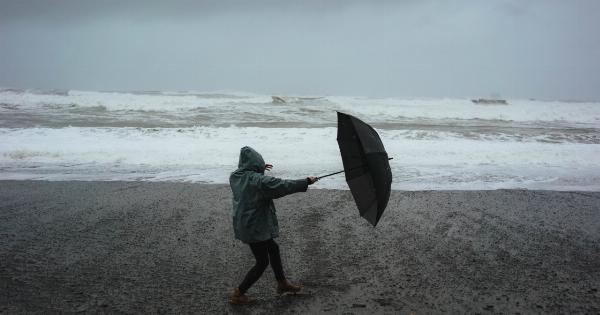Winter may be a magical season filled with cozy firesides and hot chocolate, but it also brings along freezing temperatures and heaps of snow.
If you find yourself in a winter wonderland and need to navigate through the snow-covered terrain, it’s essential to be prepared with snow survival tactics. Whether you’re an avid skier, an adventurer, or simply trying to get from point A to point B, these tips will help you stay safe and conquer the elements.
1. Dress in Layers
When dealing with extreme cold and snowy conditions, layering your clothing is crucial. Start with a moisture-wicking base layer close to your skin, which will help keep you dry.
Add an insulating layer for warmth, such as a fleece or down jacket, followed by a waterproof and wind-resistant outer layer. Don’t forget to cover your extremities with hats, gloves, and thermal socks to prevent frostbite.
2. Protect Your Feet
One of the most important aspects of braving the snow is ensuring your feet stay warm and dry. Invest in high-quality waterproof boots with good insulation.
Make sure they provide enough room for your toes to wiggle, as this will help with blood circulation and prevent your feet from getting too cold. Consider using gaiters to keep snow out of your boots, especially if you plan on venturing into deep snow.
3. Use Snowshoes or Skis
Walking through deep snow can be exhausting and slow you down. Snowshoes or skis are essential tools for traversing snow-packed landscapes.
Snowshoes distribute your weight over a larger surface area, helping you stay on top of the snow instead of sinking. Skis allow you to glide effortlessly, increasing your mobility. Make sure to learn proper techniques for using snowshoes or skis before you set off.
4. Stay Hydrated
Hydration is essential even in cold weather. The combination of physical exertion and extreme temperatures can lead to dehydration. It may be easy to overlook the importance of drinking water when it’s cold outside, but your body still needs it.
Pack a water bottle and sip regularly to stay hydrated while being surrounded by snow.
5. Pack High-Energy Snacks
Spending time in the snow requires extra energy, so be sure to bring high-calorie snacks.
Your body works harder to keep warm in cold weather, and having quick and easily accessible snacks like energy bars, nuts, or dried fruits can provide a much-needed boost when you need it.
6. Create a Shelter
If you get stranded or caught in a snowstorm, having a shelter can make a crucial difference in your survival. Carry a lightweight tarp or emergency blanket that can be set up quickly.
Find a protected spot, such as the leeward side of a tree, and use natural materials like branches or snow to fortify your shelter for added insulation.
7. Learn Basic Navigation Skills
Blizzards and heavy snowfall can quickly disorient even the most experienced adventurers. Familiarize yourself with basic navigation skills such as map reading, using a compass, or even using GPS devices.
These skills will help you find your way and prevent getting lost in a whiteout.
8. Be Aware of Avalanche Risks
If you plan on skiing, snowboarding, or exploring areas with steep slopes, it’s crucial to understand the risks associated with avalanches.
Familiarize yourself with the signs of potential avalanche zones, such as the sound of cracking snow, visible fractures, or recent avalanches in the area. Consider taking avalanche safety courses to equip yourself with the necessary knowledge and skills to assess and mitigate these risks.
9. Carry Essential Survival Gear
Always have a well-stocked survival kit on hand when venturing into snow-covered areas. Some essential items to include are a first aid kit, headlamp, knife or multi-tool, fire starter, emergency whistle, and extra clothing.
These items can be lifesaving in unforeseen circumstances and should be easily accessible in your backpack.
10. Monitor Weather Conditions
Before venturing out into the snow, monitor and stay updated on the weather conditions. Check local weather reports, avalanche warnings, and any potential storm advisories.
Being aware of the forecast will help you plan your activities accordingly and avoid dangerous situations.
By following these snow survival tactics, you can confidently brave the elements and enjoy the beauty of a winter wonderland. Remember, preparation is key, and it’s better to be over-prepared than caught off guard.
Stay warm, stay safe, and embrace the adventure!.


























